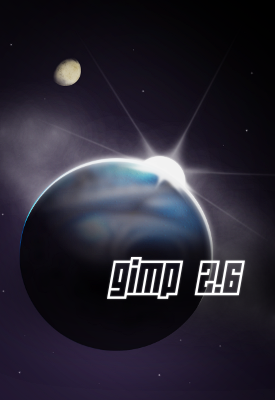The most important part of a portrait is the skin. Our next goal is to achieve a very smooth and perfect look that still does not look articial. Therefore we need the two skin layers with those fancy masks we created in the first part.
We created two different layers for the skin to vary the intesity of the bluring we are going to apply now. Select the "Skin #1" layer and apply a gaussian blur with 15px radius. Select the "Skin #2" layer and apply the gaussian blur with about 25px radius. You might find that especially the left edge of the nose is a bit to blurry so select both layer masks and paint them on this line black with a fuzzy brush. The sharp edge should reemerge. Do so for any other area you might find being blurred to much or being unneccessarily blurred at all. Afterwards you might have a result similiar to this:

As you can see there are some light spots that are a bit distracting. We can get rid of them by applying the curves tool to the "Skin #2" layer with the following settings:

This step makes the skin a bit paler but that should be okay since lighter skin looks a bit cleaner. But it is a matter of taste. You can also leave out the last step if you don't like the result. Next step will be to add a little color to the cheeks. To do that create a quick selection:

Go to "Select" -> "Toggle Quick Mask" or simply hit Shift + Q. We are going to blur the selection very much. I would recommend about 250px with the gaussian blur filter. The selection might have gotten a bit to small. But we can increase its size with the curves tool and the following setting:

Now we blur again with the gaussian blur with about 150px radius. Hit Shift + Q again, create a new transparent layer, rename it to "cheeks", place it at the top of our layer stack and select the "Color Picker Tool". Now select the "Skin #2" layer and pick a color that lies in our selection and modify it as follows:

Select the "cheeks" layer again and fill the selection with the "Bucket Fill Tool". You might realize that this is far from being optimal. You can use the following "tools" to improve the result:
-change the opacity of the layer
-play around with "Color" -> "Hue-Saturation"
-play around with "Color" -> "Curves" while modifying the alpha channel
This is what I can come up with:

I just lowered the opacity to 65% and boosted the saturation a bit. Now we need to apply some structure to the skin. Therefore we need to duplicate our "Skin #1" layer, move it on top of our stack and fill the whole layer with plain white. Then we blur the layermask a bit let's say with about 40px radius. Now select the layer and apply a noise via: "Filters" -> "Noise" -> "HSV Noise" with these settings:

Now your image should look something like this:

We should duplicate the "Skin #3" layer. Now apply the gaussian blur to the "Skin #4" layer with about 2px radius. Now we need to apply the Embos filter to this new layer which can be found at "Filters" -> "Distorts" -> "Emboss..." with the following settings:

Since the image looks rather messed up by now we need to change the layer modes and opacities of the two new layers. I put the two setting together in one screenshot:

That's about it for now. You can see that there are still many rough edges all over the pic which just can be removed with a lot of manual work and fiddling around which I just left out for times and spaces sake. To be continued...
The third part of this series can be found here.

0 Comments:
Post a Comment